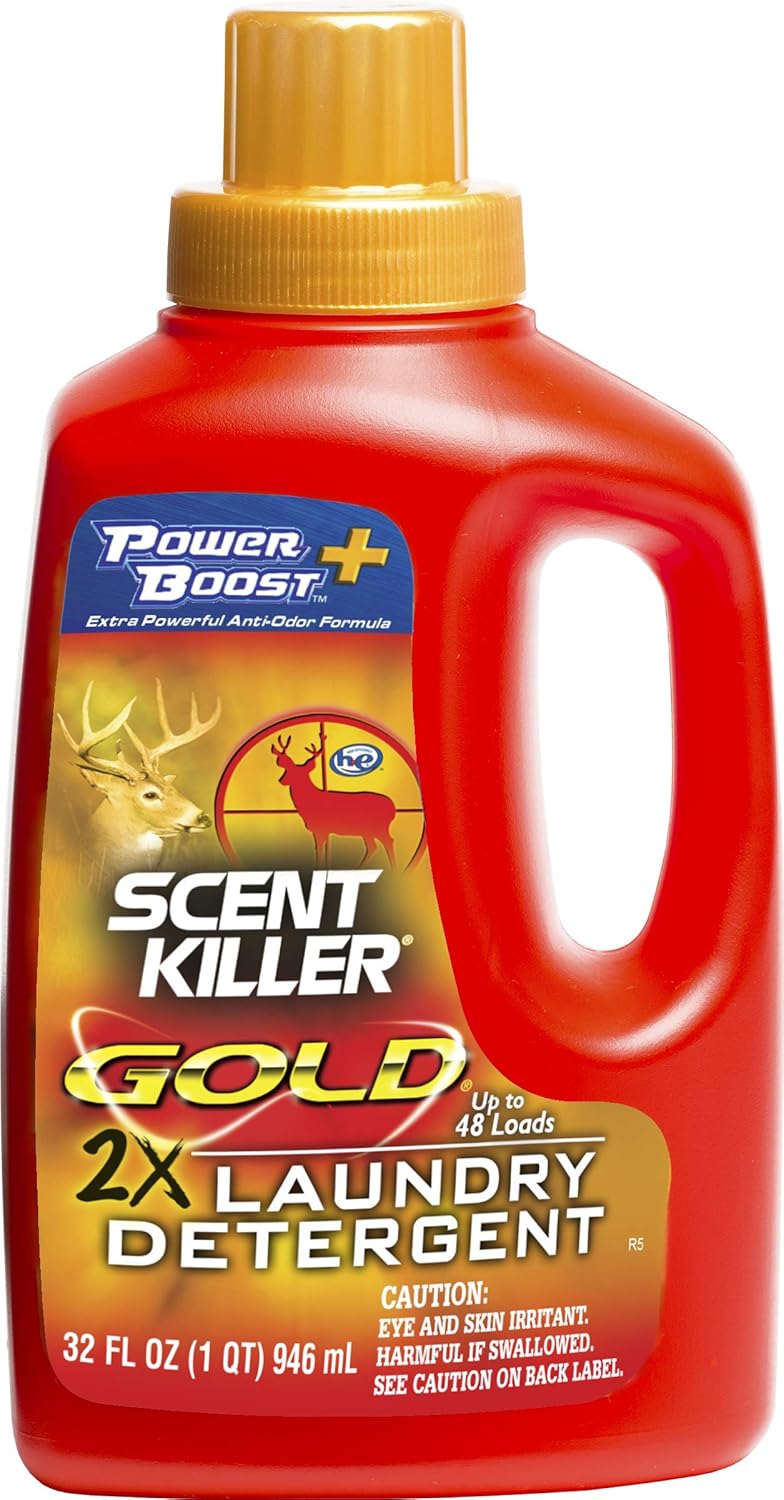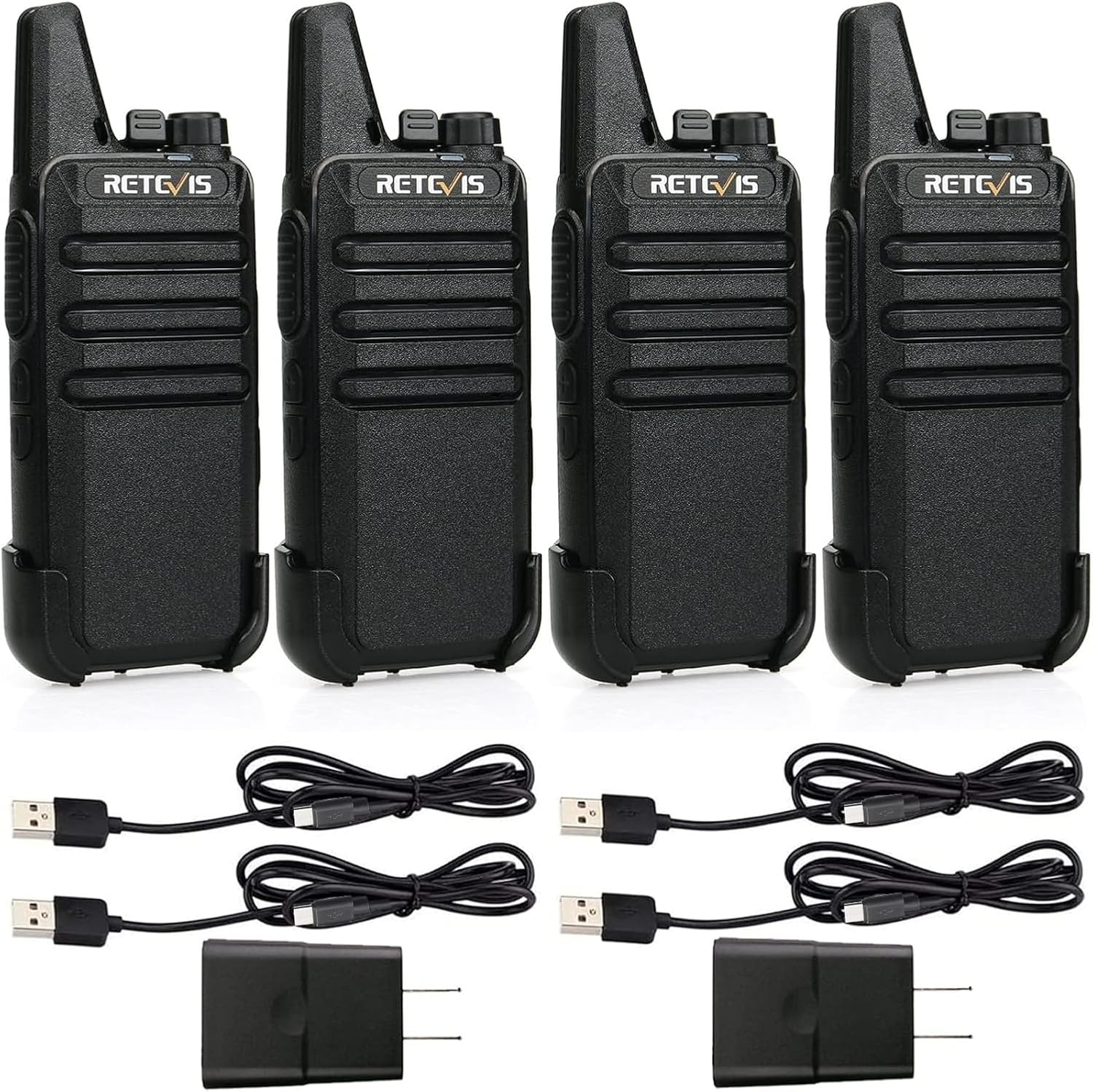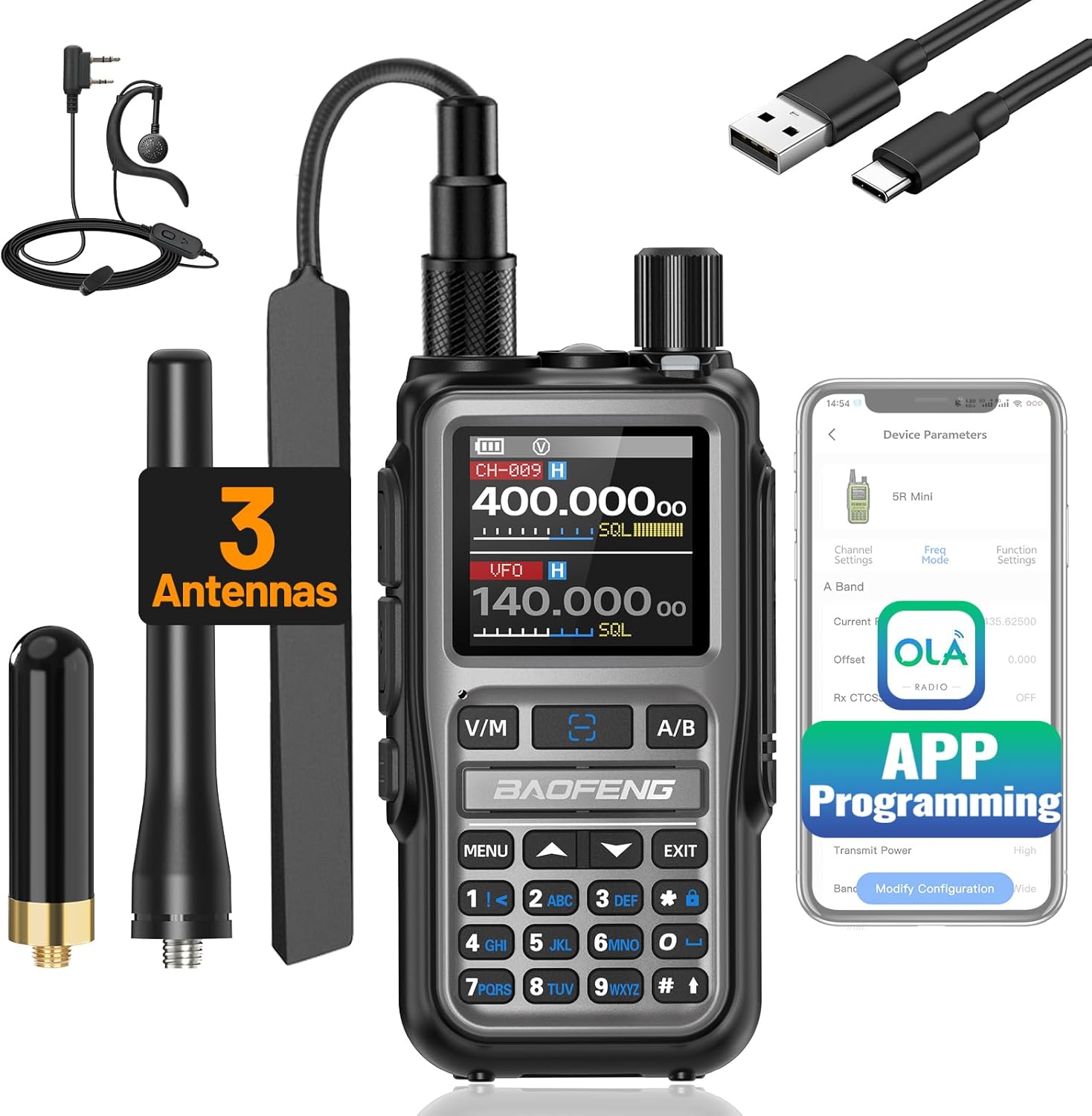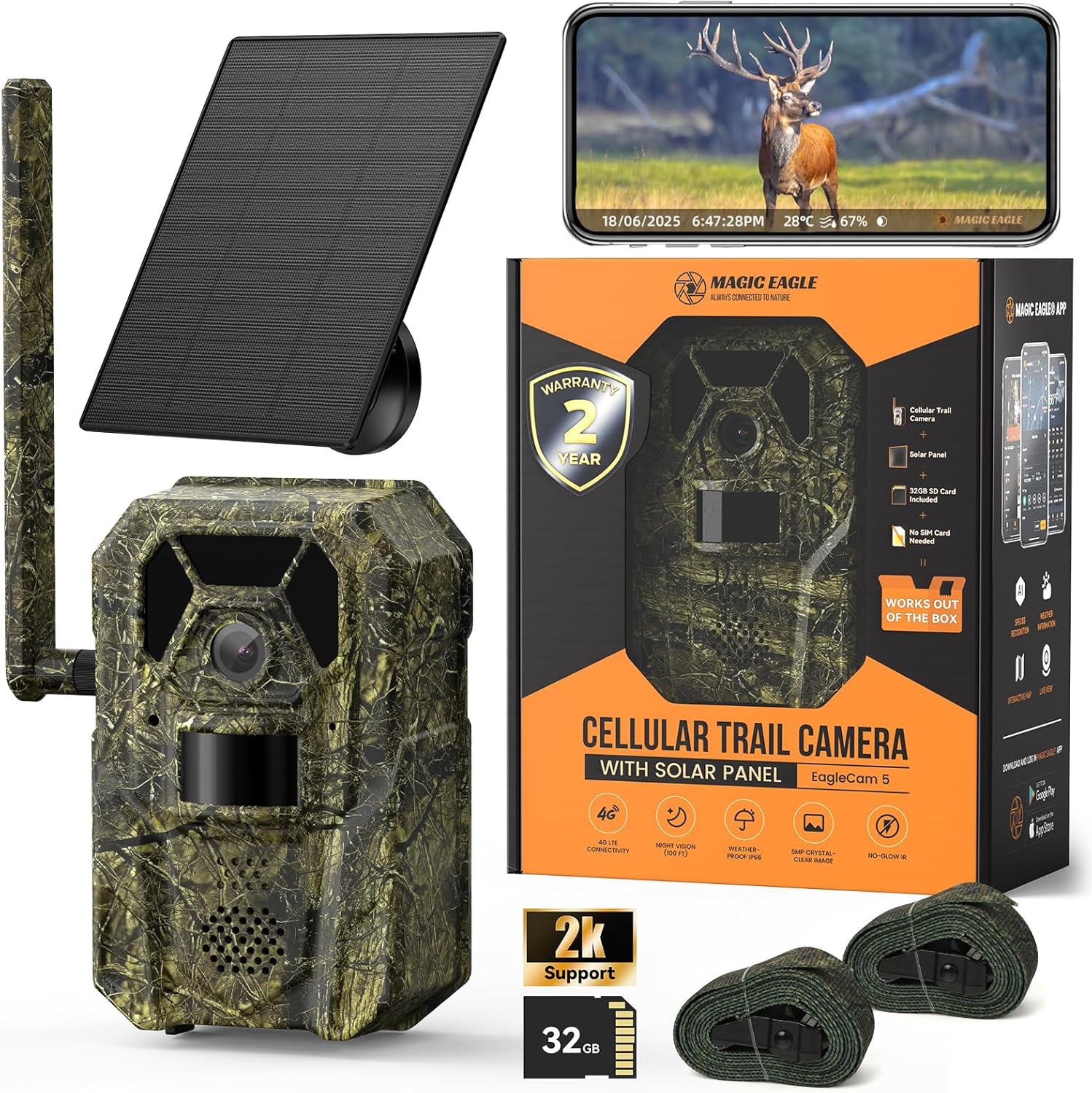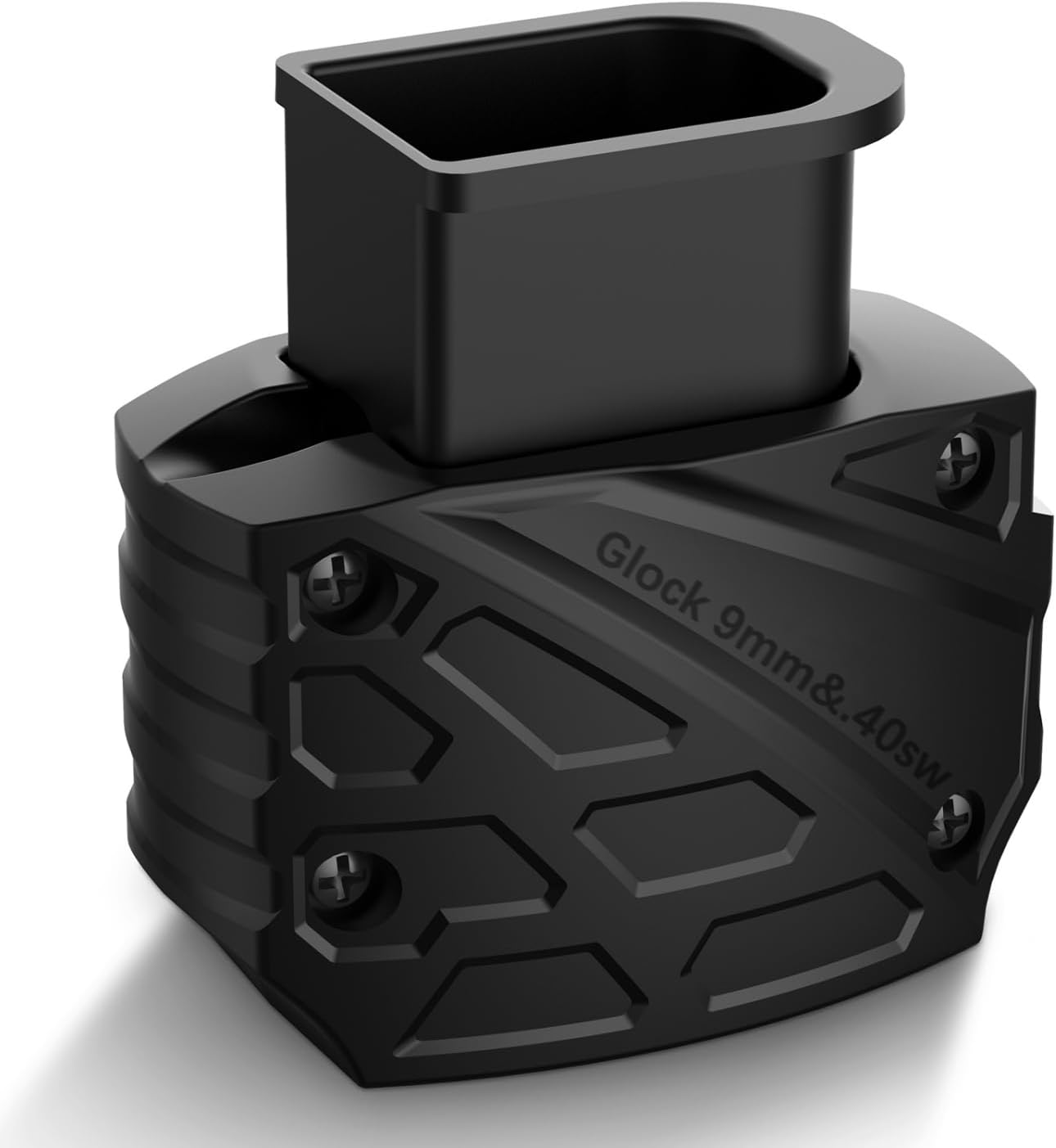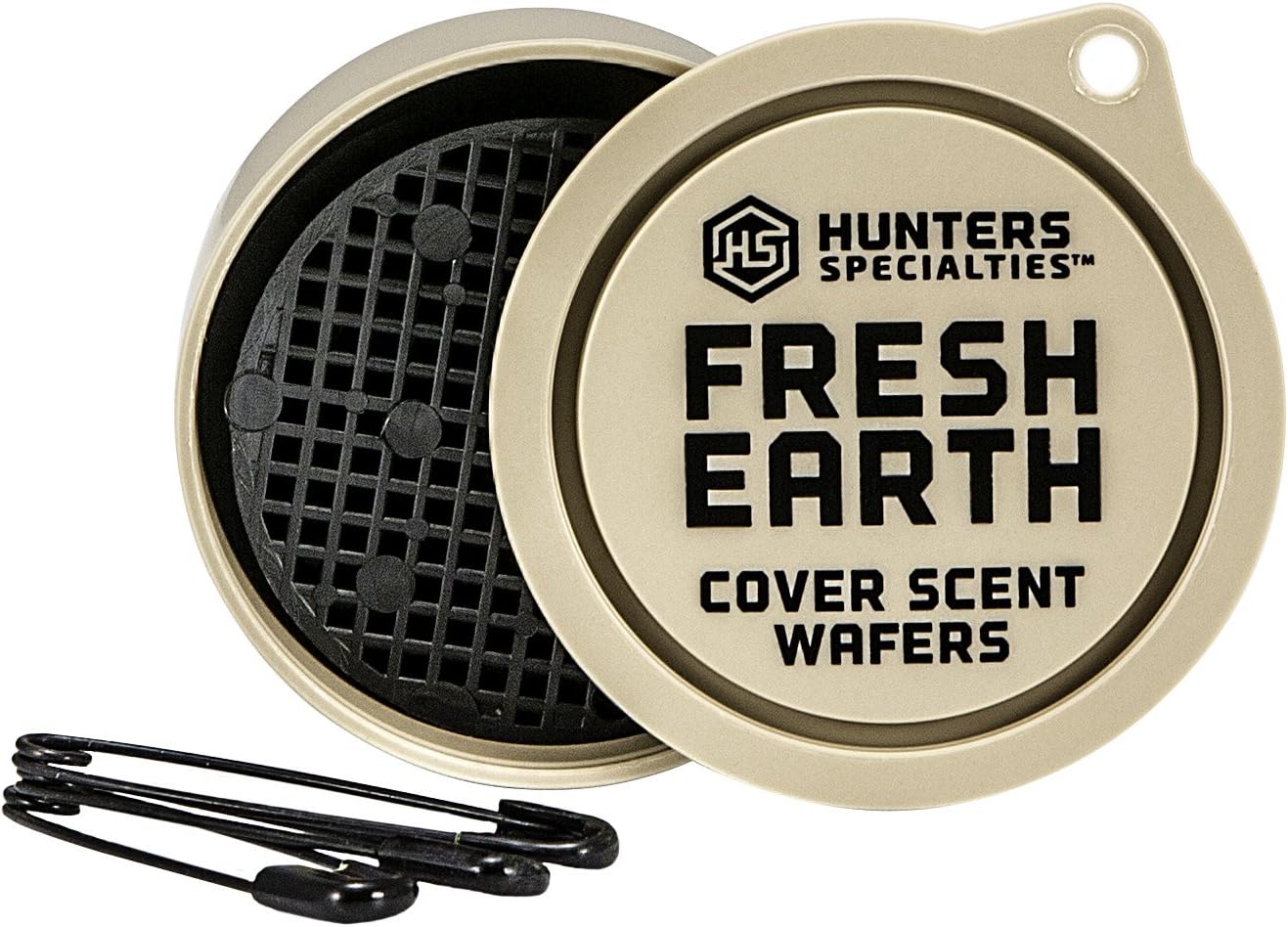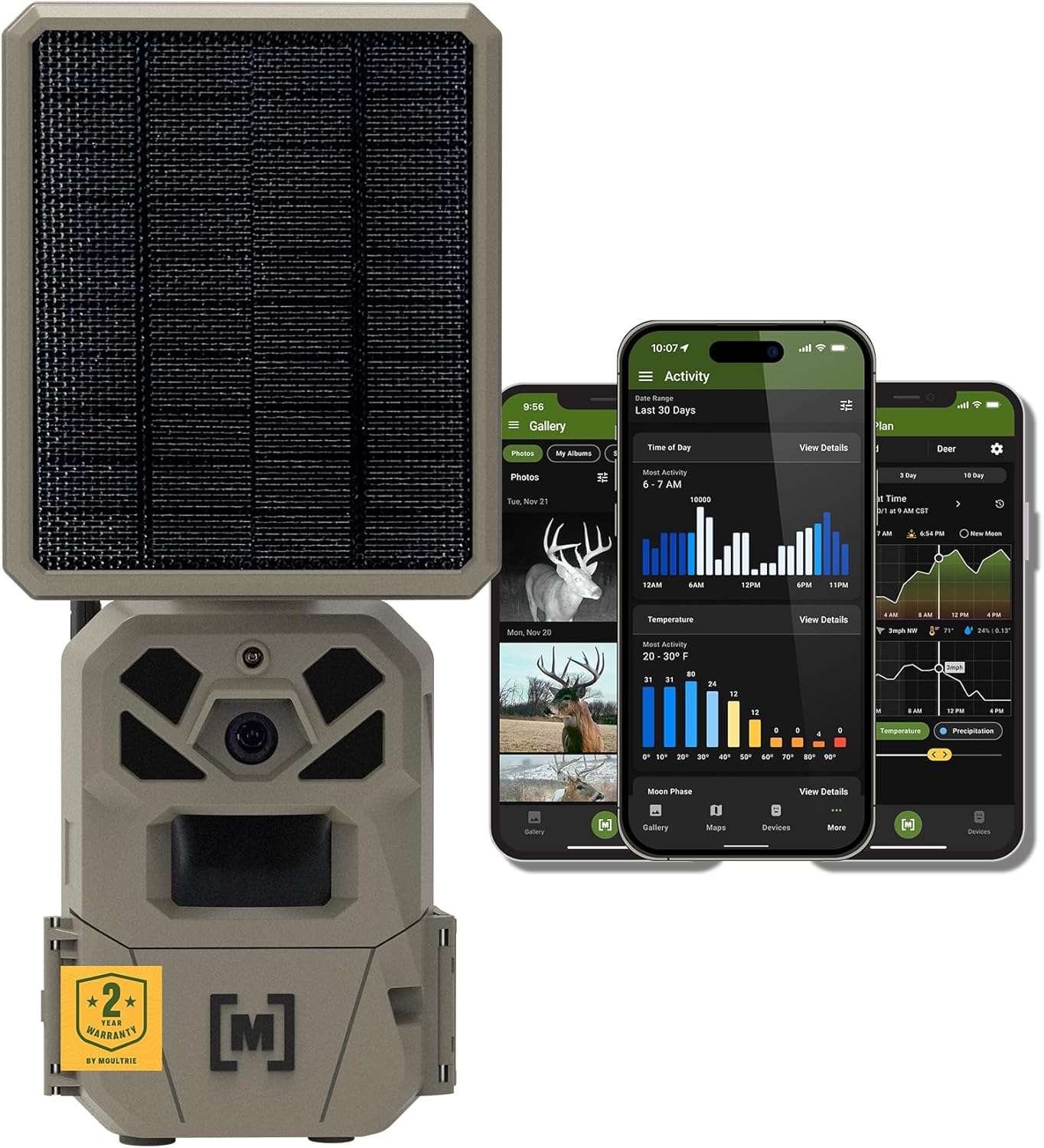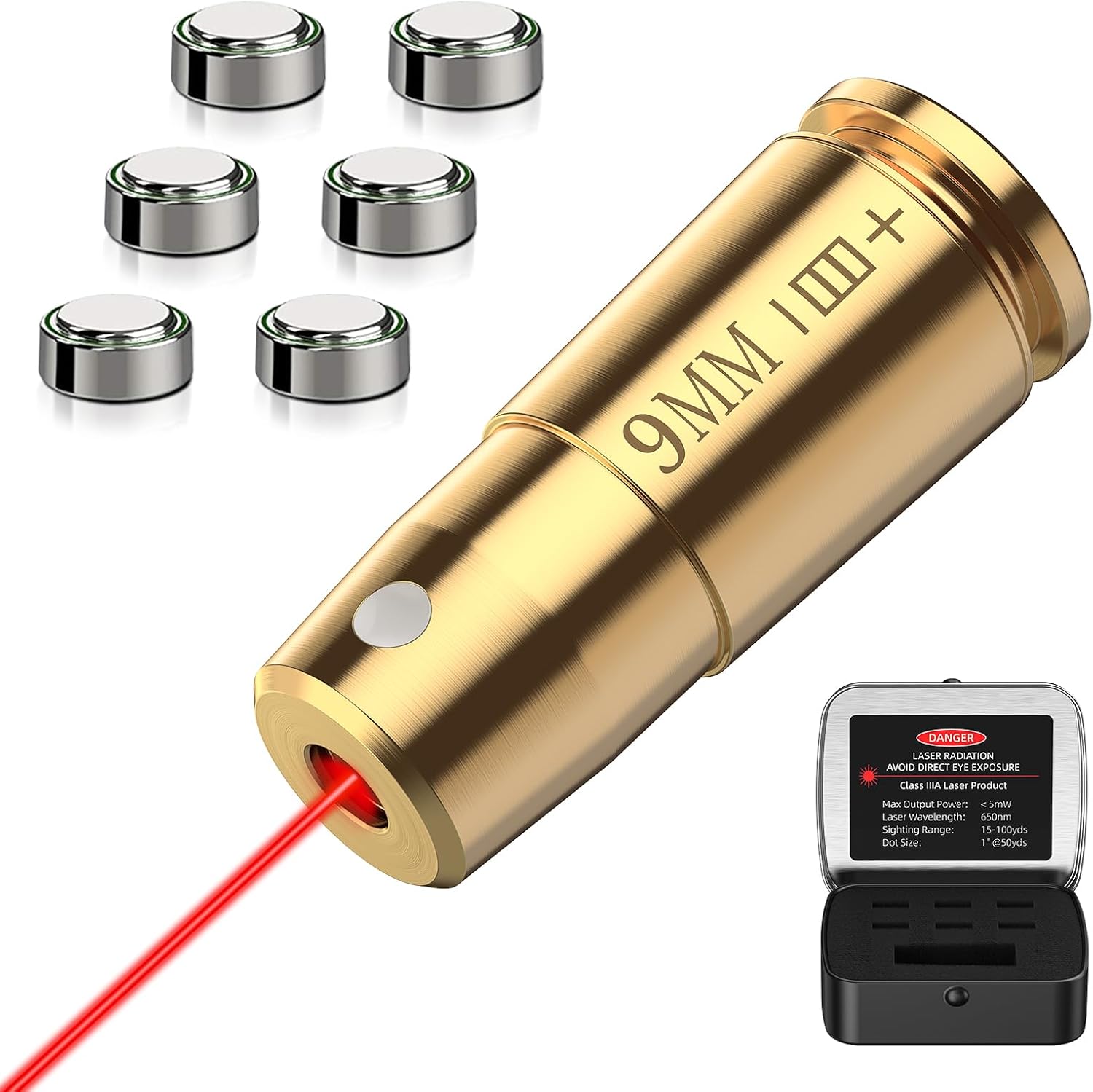As October unfolds, deer hunters across the country prepare for one of the most dynamic months of the whitetail calendar. Bucks become increasingly active with the anticipation of the rut on the horizon, saturating their territories with rubs and scrapes. Understanding these signs is crucial for successful hunting during this pivotal time.
Lately, my cellular cameras have been sending me promising updates of a fresh scrape that’s drawing the attention of several does and bucks as they pass through. During the last week of September, I documented five different bucks visiting this scrape, including a mature eight-pointer who quickly shot to the top of my hit list for this fall. But I questioned if it was too early for bucks to be hitting scrapes so frequently.
On September 28th, I decided to hunt near the scrape, thinking the eight-pointer might still be in a predictable pattern. He had appeared on camera the previous three mornings around the same time. I climbed into my stand well before the legal shooting light to avoid spooking him from the area. Once settled, I scanned the area beneath me, letting my eyes adjust to the darkness. Like many hunters, I convinced myself that the shadowy form below was just my imagination. After all, I hadn’t heard anything walking, and I’d only been in the stand for less than ten minutes. There was no way a deer had already slipped in that close.

Still straining to see in the dim light, I kept scanning my surroundings until I glanced back down and noticed the form again. There was no mistaking it this time—a deer stood four yards below me! How did that happen? It was still too dark to tell exactly what I was looking at, so I sat there anxiously hoping the light would soon begin breaking through the treetop. The deer raised its head, and as a faint glimmer of dawn touched its antlers, my heart nearly stopped. It was him—my buck—standing just eight yards away, and I couldn’t do a thing about it due to the low light conditions.
A few minutes later, the buck moved out in front of me and started tearing up a small oak tree. The sound of his antlers thrashing the branches echoed through the woods like nothing I’d ever heard before. The only thing louder was the pounding of my heart. With all this action happening before the legal shooting light, I could only sit and watch. As expected, he moved off before I could draw my bow, leaving only his sign behind. Since that encounter, scrapes and rubs have been popping up all over the area, a thrilling way to kick off October!
This is what makes bowhunting in October so exciting. The woods are littered with fresh sign as bucks gear up for the rut. But with all these indicators of mature buck activity, the challenge remains: how can hunters make the most of a month filled with rut preparation and capitalize on all these signs?
The Significance of Rubs and Scrapes and How To Hunt Them
Rubs
Rubs are created when bucks use their antlers to rub against trees, often stripping bark and leaving a distinct mark. This behavior serves multiple purposes: it helps to shed the velvet from antlers, marks territory, and communicates dominance to other deer. In October, you’ll find an increase in rubs as bucks establish their presence in the area. These rubs are often located along travel corridors, near bedding areas, or nearby food sources. Rub lines can be excellent areas to hunt during the month of October.
Scrapes
Scrapes are another critical indicator of deer activity. A scrape is a bare patch of ground, typically found beneath a low-hanging branch where bucks will paw at the earth and deposit scent from glands located on their legs. This is a communication tool for attracting does and challenging rival bucks. During October, scrapes are especially prevalent as bucks begin to stake their claims in anticipation of the upcoming rut. Scent is not only left on the ground at the scrape, but on the over-hanging licking branch as well as they work it with glands from their eyes and forehand, as well as saliva from licking the branch.
Check out the video below for a look at how bucks work a scrape.
>
When scouting for rubs, look for areas with fresh sign—those that are dark, have freshly exposed wood, and are about waist height. Rub lines often lead to food sources or bedding areas. To effectively hunt these areas, set up near the rub line, ideally where it intersects with a known travel route.
This will increase your chances of encountering a buck as he checks his territory. With my recent buck making a rub encounter, I most likely will be hunting rubs and rub lines from now until the end of October. When a mature buck feels that burst of testosterone, he wants to tear up a tree to relish his urge. Plus, that is his way of letting other bucks know this is his territory.
Scrape lines can also be effective during October, yet they can be a bit trickier to interpret. Look for scrapes actively being used; fresh scrapes will disturb the earth and possibly have recent tracks in and around them. Bucks will often visit scrapes multiple times, especially as they check them for the scent left by does. To hunt scrapes effectively, consider setting up in the vicinity of multiple scrapes within a defined area, as this will allow you to intercept bucks traveling between them.


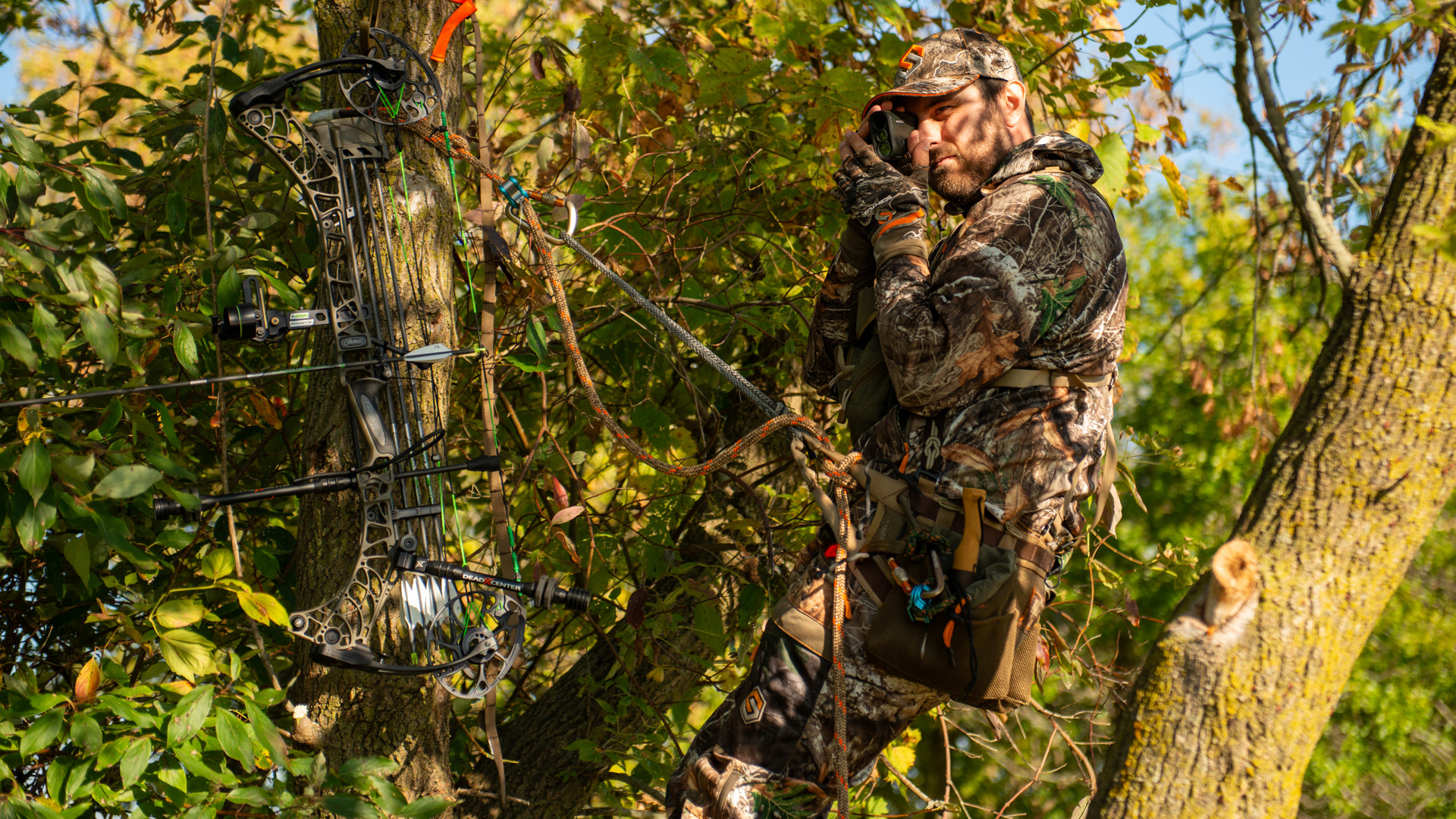




))/4017041.json?$BPSMkt_ProductFeeds$&extend=380,380,380,380)
